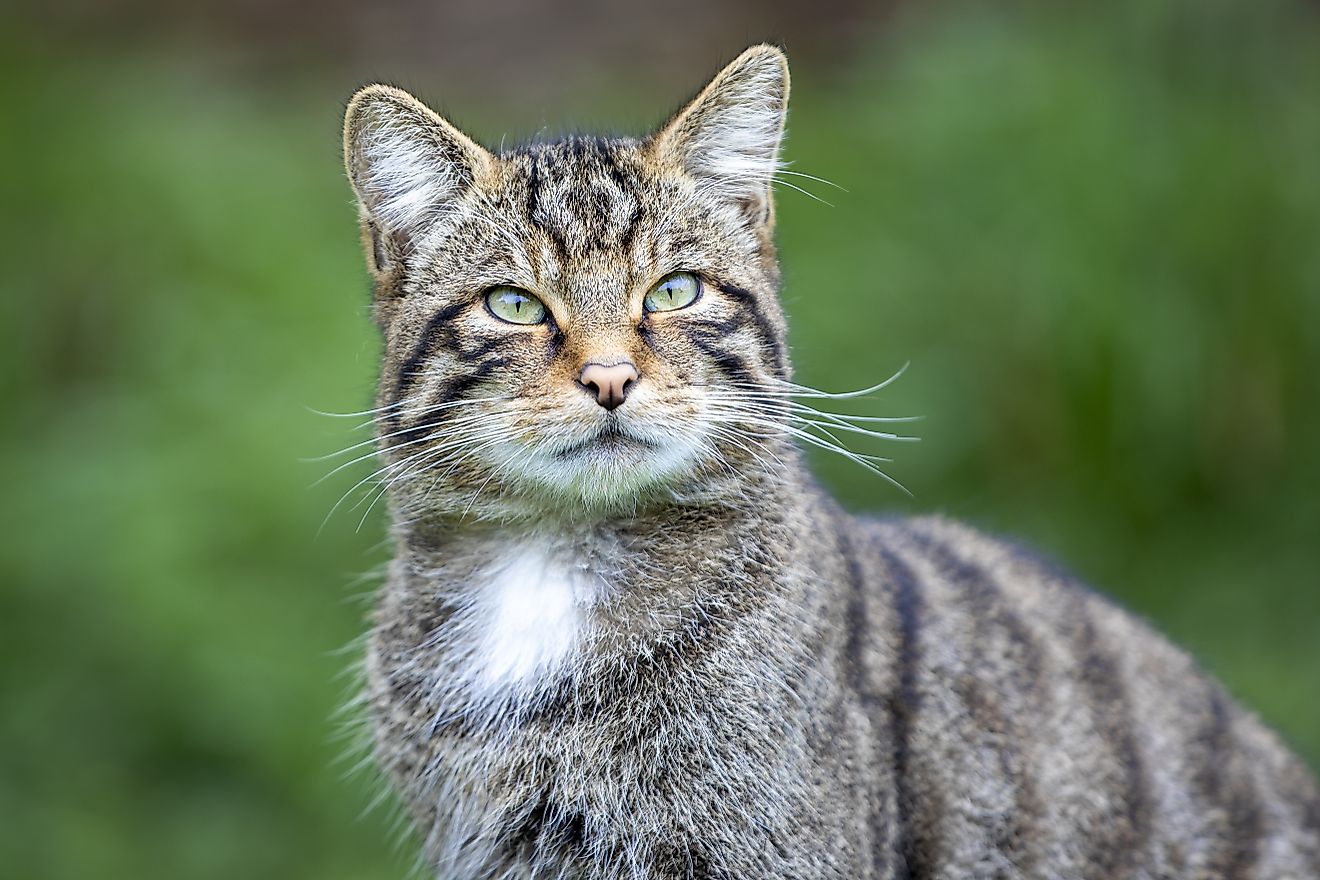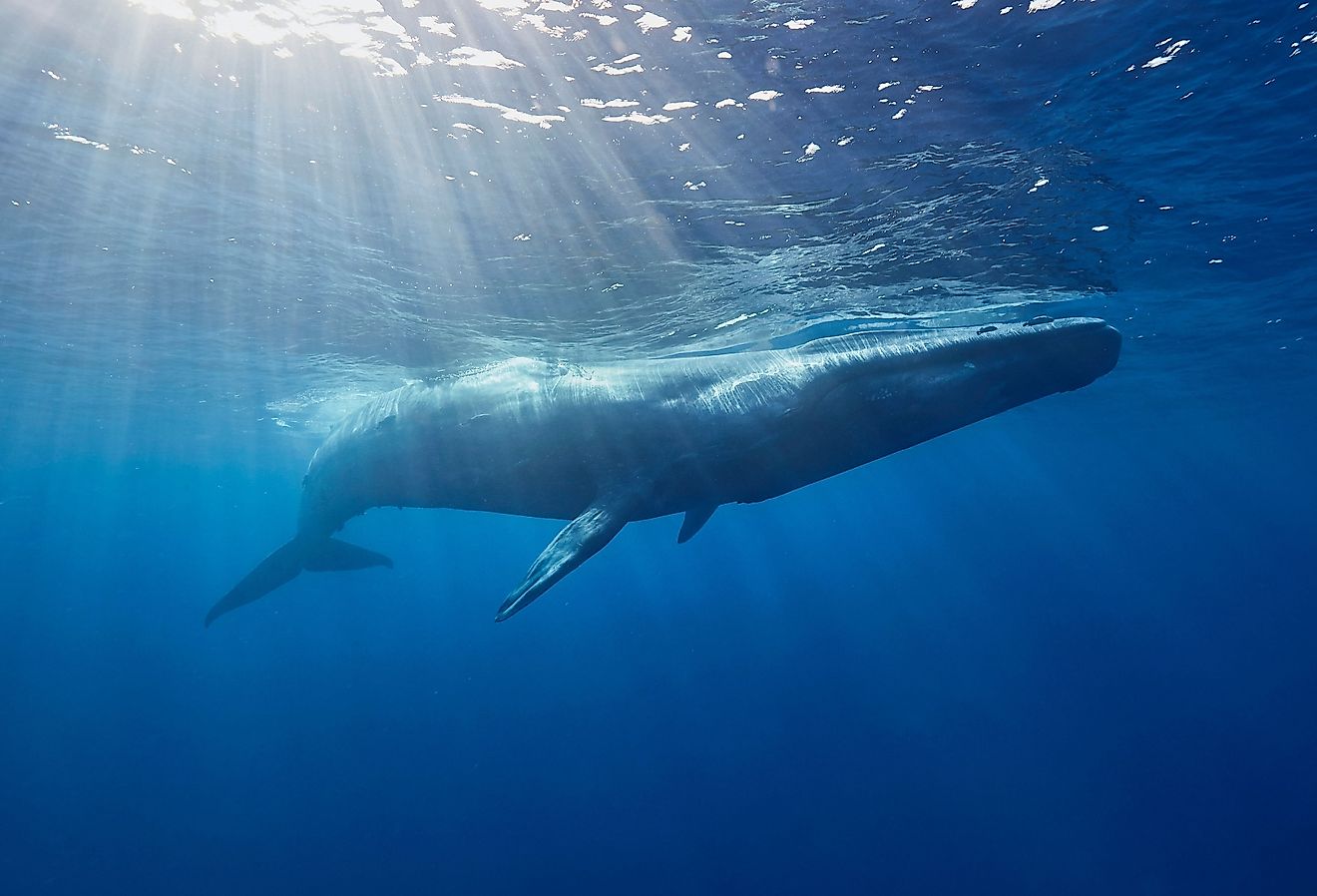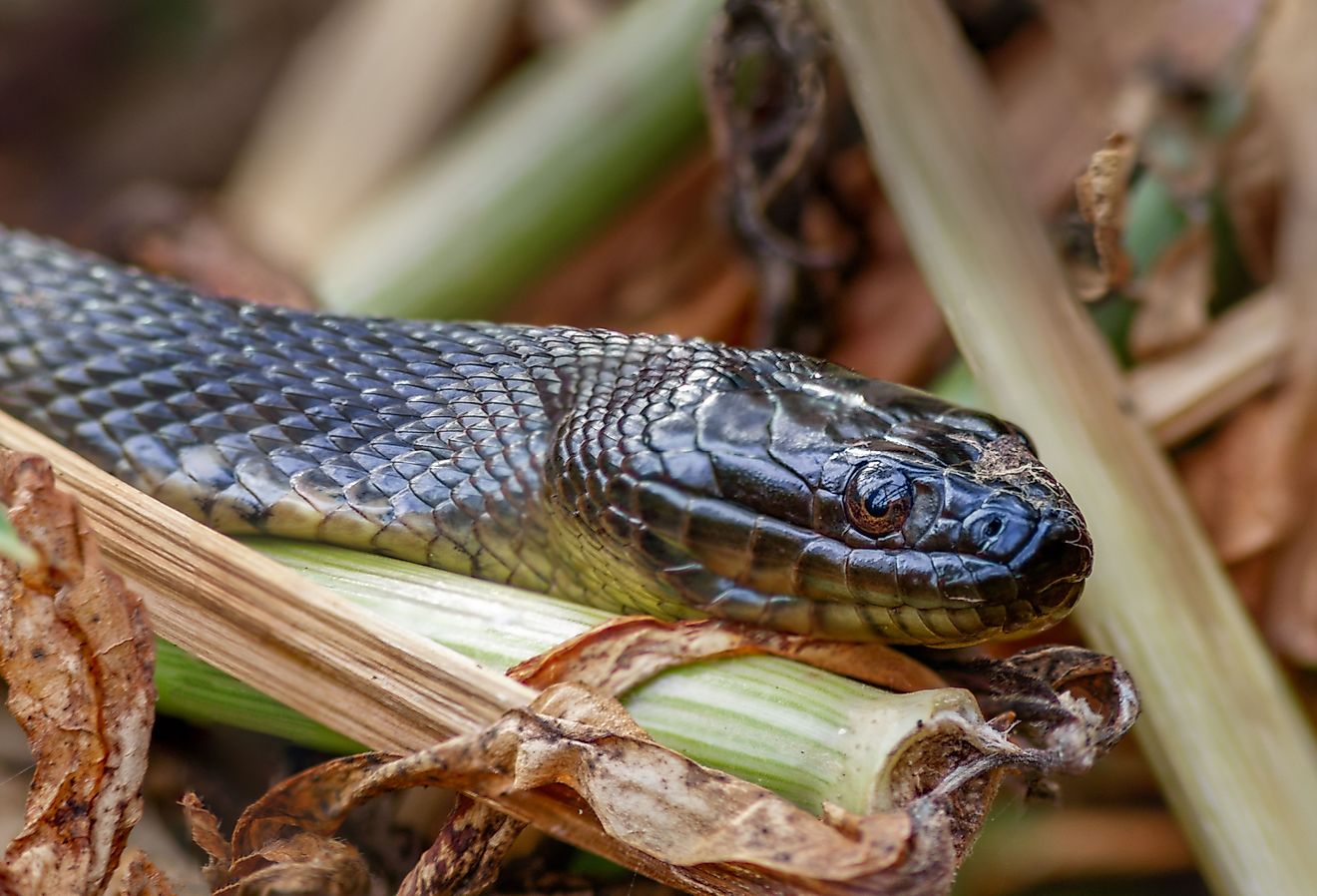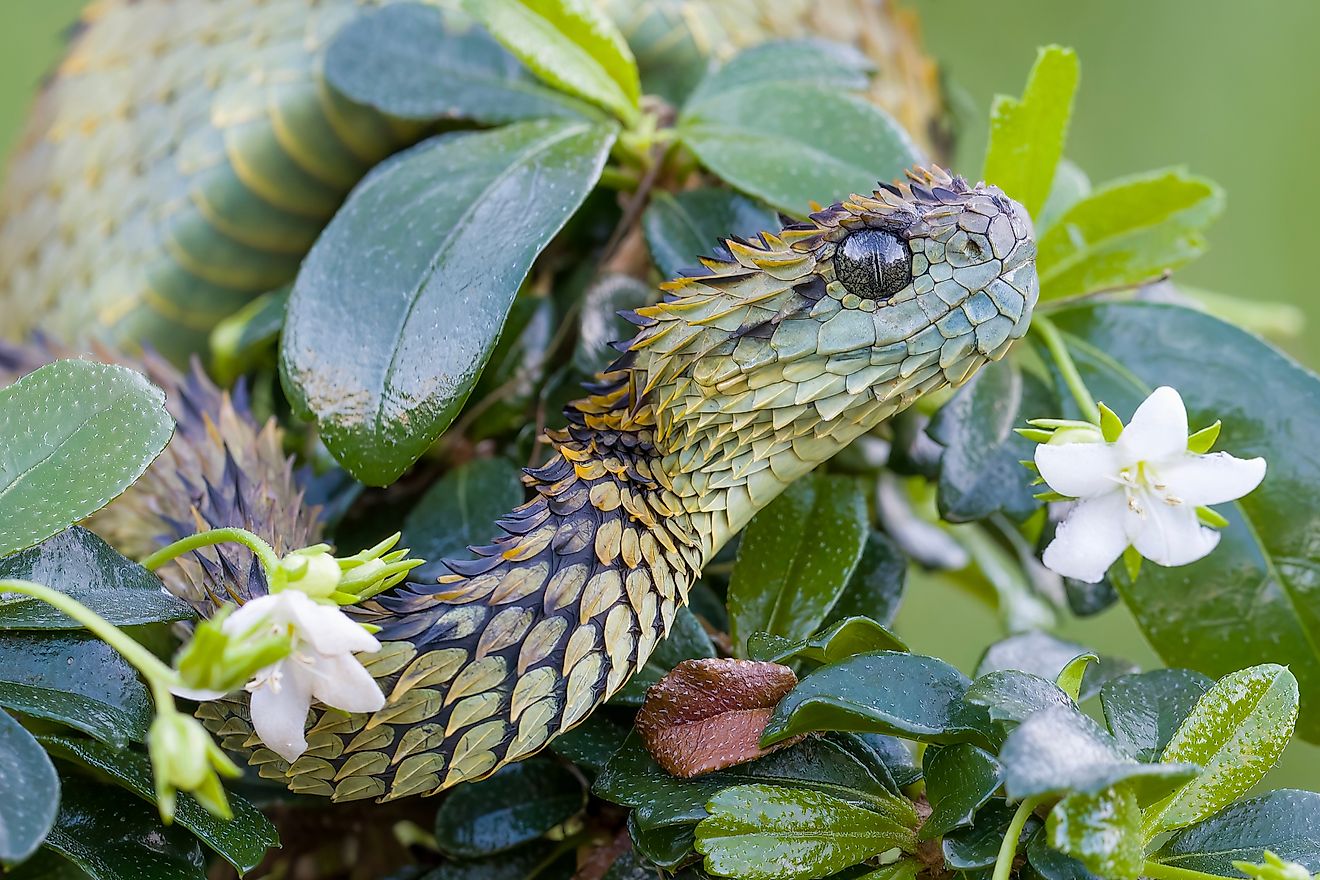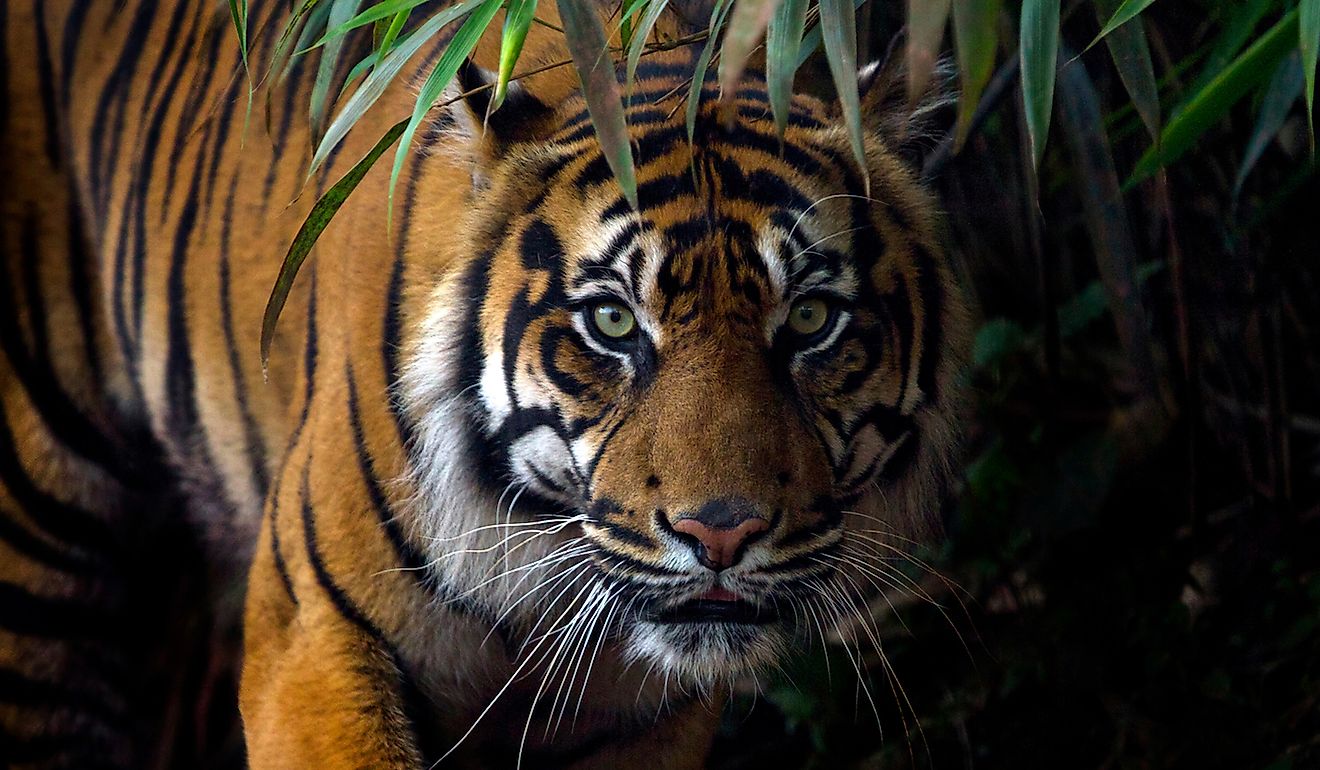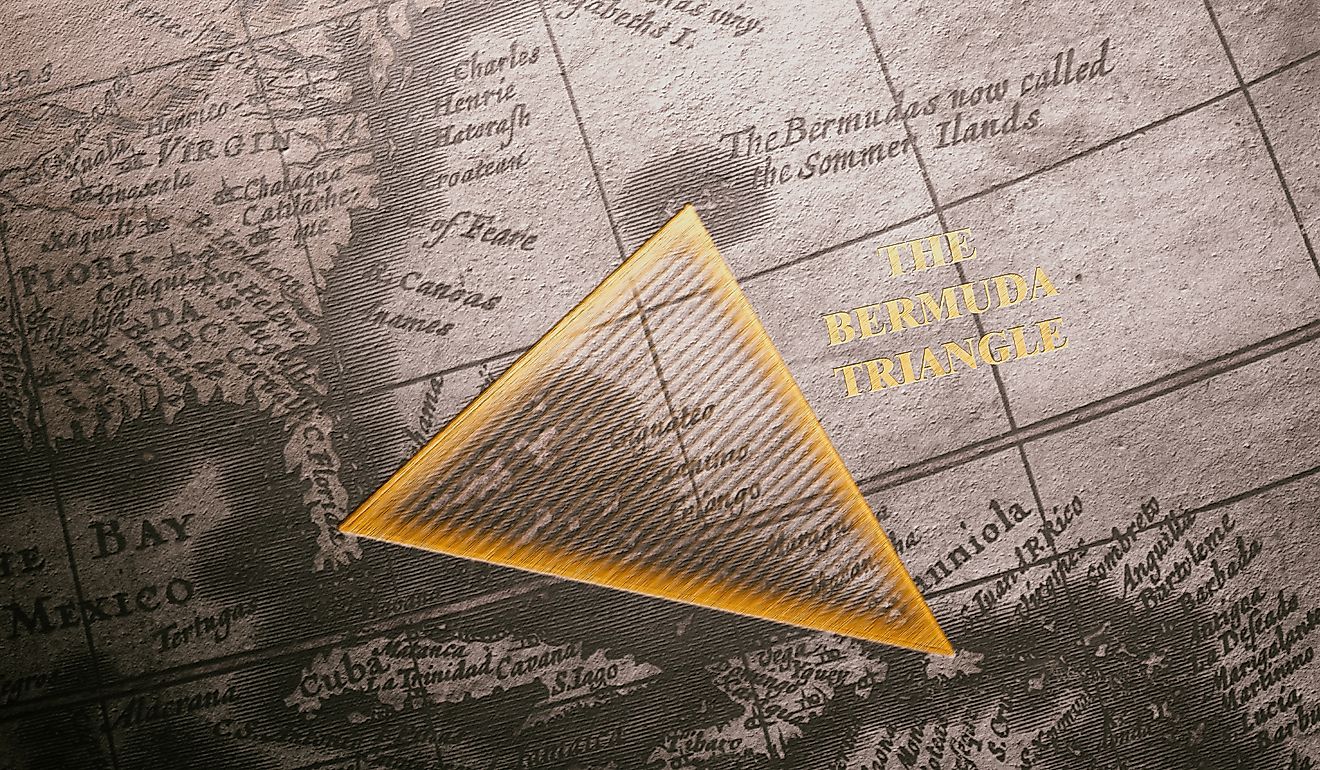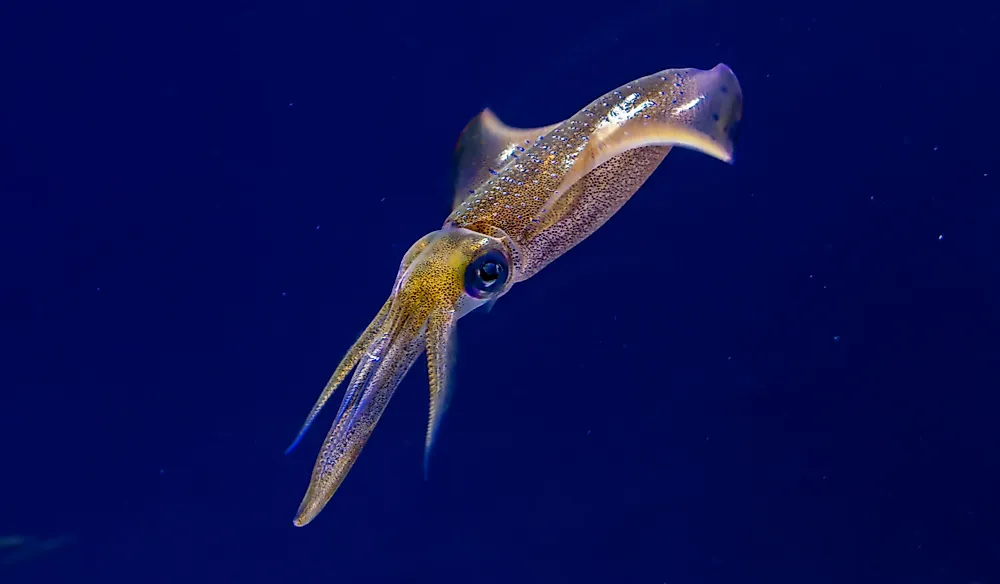
Animals With More Than One Heart
- Octopuses and squid have three hearts.
- Earthworms have five hearts.
- Scientists are studying cockroach and hagfish hearts to help design solutions for human heart disease.
Human bodies rely on the steady beat of a single four-chambered heart, but evolution has produced many alternative plumbing solutions. Some animals dispense with a heart altogether, starfish (class Asteroidea, phylum Echinodermata) move seawater through a hydraulic water-vascular system instead of pumping blood, while others run on two, three, four or even more pumping structures to keep their circulatory fluids moving. These are a few well-known animals that have more than one heart beating to live.
Earthworms
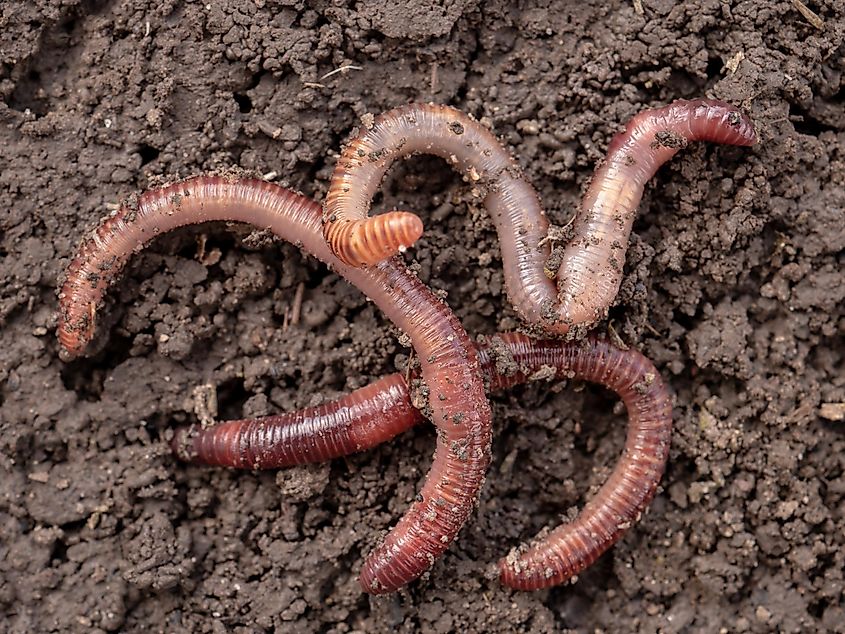
Earthworms possess five pairs (ten total) of aortic arches, not five single "hearts." These arches encircle the gut in segments 7-11 and contract rhythmically to pass blood from the dorsal vessel to the ventral vessel. The dorsal vessel itself supplies the main forward-moving thrust, so no single arch acts as a sole "primary" pump. Earthworms breathe through moist skin; once oxygen diffuses into the blood, the dorsal vessel and arches distribute it. Cardiac rhythm is coordinated by motor neurons in the ventral nerve cord, not by the arches alone.
Cockroach
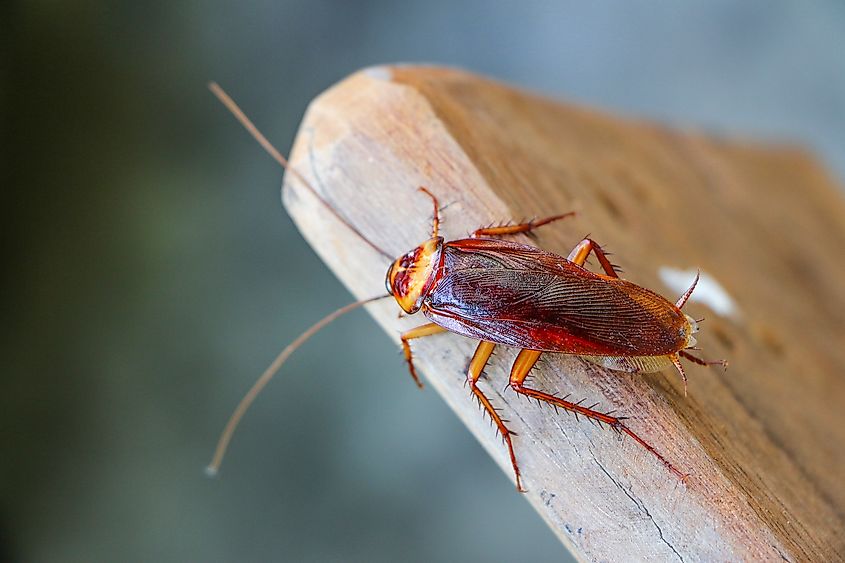
A cockroach has one long dorsal heart divided into 13 sequential chambers. Waves of peristaltic contraction move haemolymph (insect "blood") from tail toward head; each chamber is not an independent heart, and haemolymph is used chiefly for nutrient transport, not oxygen. Because the chambers work in series, failure of one section lowers efficiency but rarely stops flow entirely, an engineering concept that inspired a 2009 IIT-Kharagpur prototype artificial heart built as concentric "onion" layers, although current human devices now favor rotary pumps.
Octopus and Squid
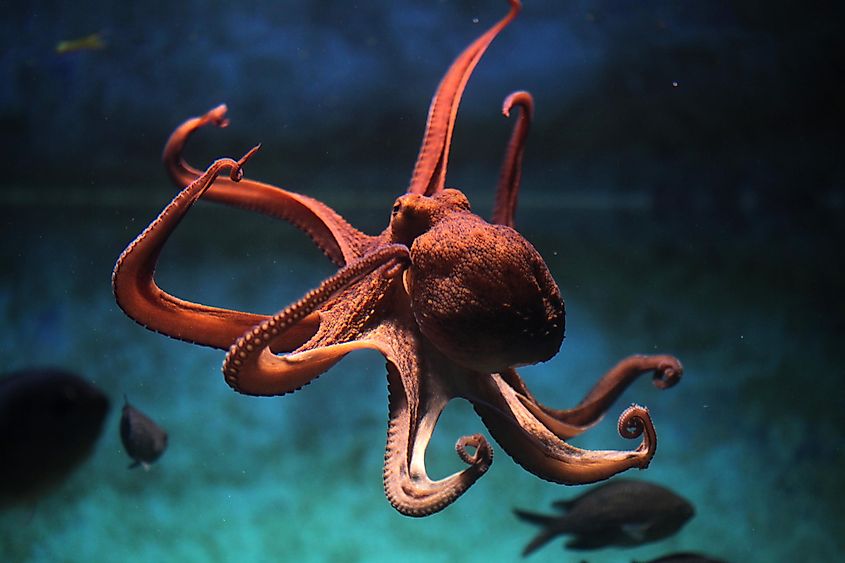
Cephalopods run on three hearts:
-
Two branchial (gill) hearts pump deoxygenated blood into the gills.
-
The newly oxygen-rich blood then returns to a single systemic heart, which distributes it to the body.
Their blood carries copper-based hemocyanin, which is less efficient than hemoglobin at warm, oxygen-rich conditions but outperforms it in the cold, low-oxygen habitats many cephalopods occupy. Hemocyanin molecules float freely in the plasma, not inside cells, accounting for the animals' characteristic blue blood.
Hagfish
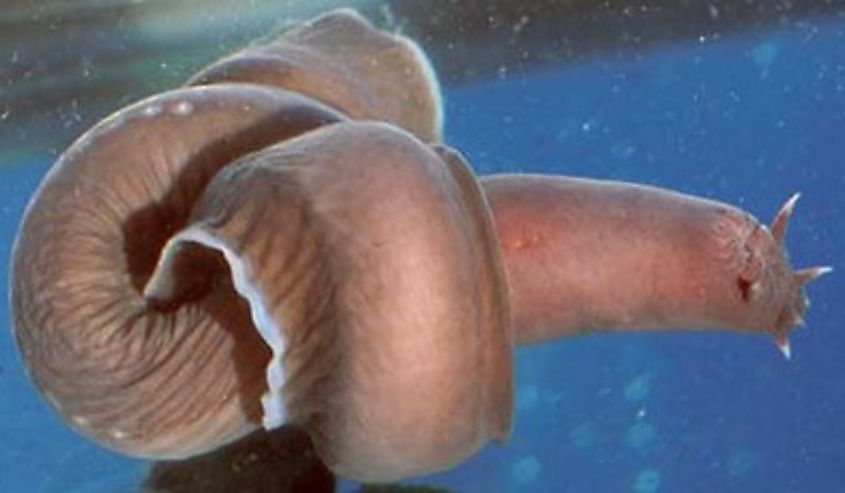
Hagfish possess four hearts: a systemic (branchial) heart plus three accessory pumps, the portal, the cardinal, and a paired caudal heart system, that boost venous return from different body regions. Species carry 5-16 pairs of gills, depending on lineage. Living on carrion in deep, often oxygen-poor mud, they are masters of low-oxygen survival. Pacific hagfish hearts can keep beating and recover fully after 36 hours without molecular oxygen at 10°C, an anoxia tolerance unmatched by any other vertebrate.
